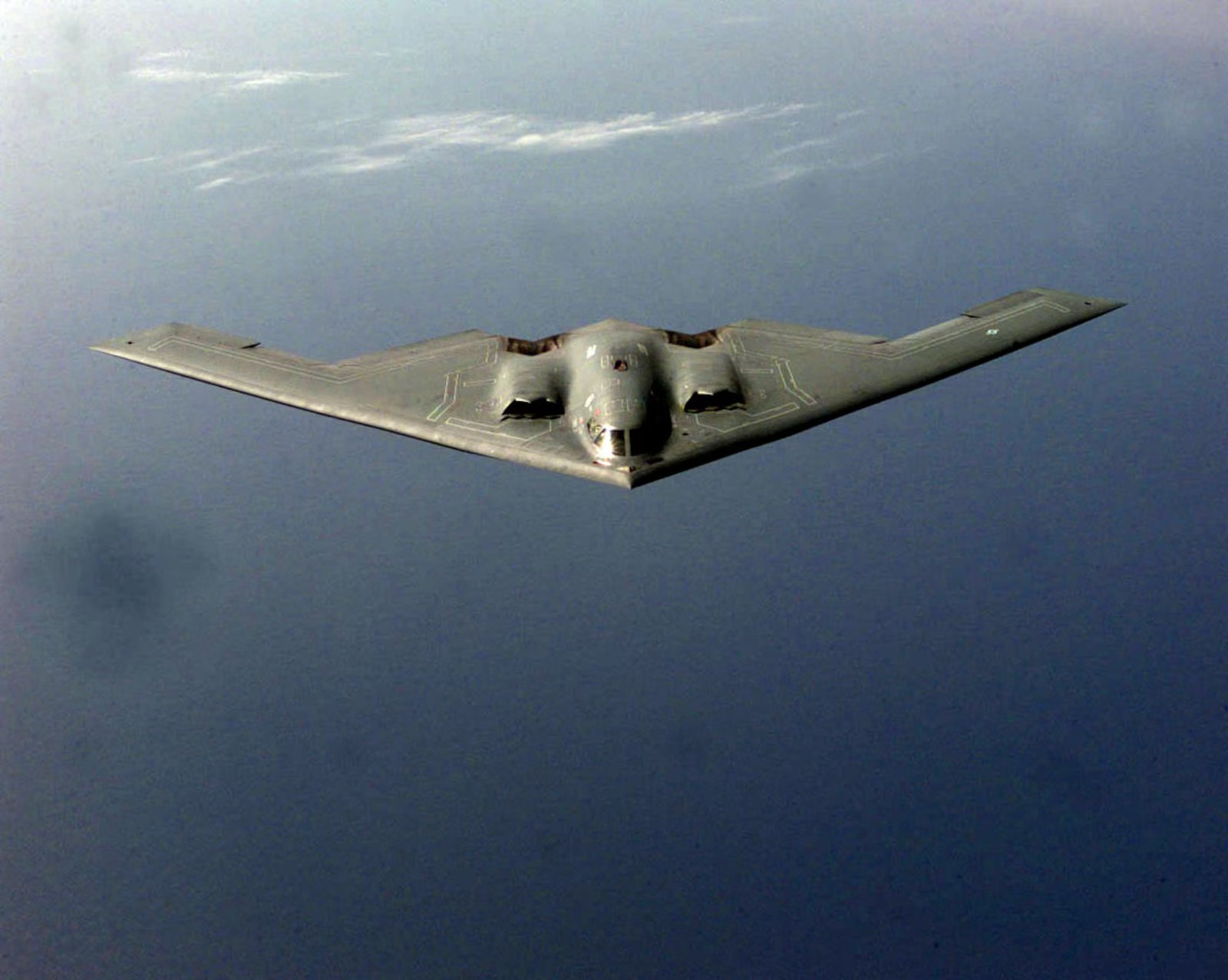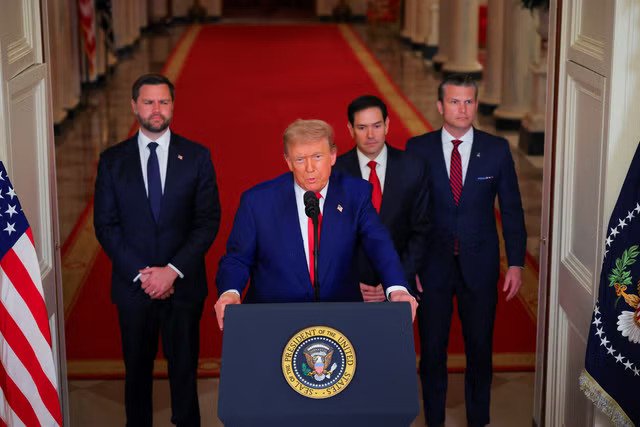In a dramatic escalation of tensions between Washington and Tehran, the United States conducted a series of coordinated airstrikes against Iran’s nuclear infrastructure late Saturday night, June 21, 2025. The operation, ordered directly by President Donald Trump, targeted three of Iran’s most critical uranium enrichment facilities — Fordow, Natanz, and Isfahan — with the stated objective of crippling the country’s ability to produce weapons-grade nuclear material.
According to U.S. defense officials, the operation utilized stealth B-2 bombers and Tomahawk cruise missiles launched from U.S. Navy submarines in the Persian Gulf. The most heavily fortified target, the Fordow facility, which is situated deep beneath a mountain near Qom, was reportedly struck with GBU-57A/B Massive Ordnance Penetrator bombs designed to eliminate bunkered targets. Military analysts have characterized the attack as one of the most sophisticated and far-reaching American air campaigns in the Middle East since the 2003 invasion of Iraq.

President Trump, speaking from the White House early Sunday morning, declared the mission a “spectacular success,” asserting that Iran’s nuclear program had suffered “catastrophic damage.” “We will not allow the world’s leading sponsor of terror to gain the capability to produce a nuclear weapon,” he said. “Our message to Tehran is crystal clear — pursue peace or face overwhelming consequences.”
The Iranian government, however, portrayed a starkly different picture. In a televised address, Iranian Foreign Minister Abbas Araghchi condemned the airstrikes as a “cowardly and illegal act of aggression,” claiming that while some damage had occurred, the core of Iran’s nuclear program remained intact. He vowed that Iran would respond at a time and place of its choosing. Supreme Leader Ayatollah Khamenei issued a defiant statement, calling the U.S. attack an “act of war” and promising “eternal revenge” against the American regime.
The strikes have already sent shockwaves throughout the international community. Israel praised the operation, with Prime Minister Benjamin Netanyahu stating, “America has acted with courage and clarity. The world is safer today because of this bold step.” European allies, however, reacted with caution and concern. Germany, France, and the United Kingdom released a joint statement urging both nations to de-escalate tensions and return to diplomatic negotiations. The United Nations Security Council convened an emergency session on Sunday afternoon to assess the implications of the U.S. action and the potential for broader conflict.
Russia and China strongly condemned the U.S. strikes. Russian Foreign Minister Sergey Lavrov accused Washington of “deliberately igniting a regional war” and warned that Moscow would “not remain indifferent” to further escalation. China, Iran’s largest trading partner, urged “maximum restraint” from all parties and called for an immediate ceasefire and return to diplomacy.
The military objective of the operation was clear: dismantle Iran’s nuclear enrichment capabilities and set back its alleged weapons program. U.S. intelligence agencies recently concluded that Iran was months away from acquiring enough highly enriched uranium to assemble a nuclear device—a timeline that reportedly triggered urgency within the Trump administration to act decisively. Pentagon officials confirmed that secondary targets, such as missile storage sites and air defense radar systems near Shiraz and Yazd, were also targeted to diminish Iran’s ability to retaliate.
Despite Washington’s claims of success, the long-term consequences of the strikes remain highly uncertain. Iran’s Islamic Revolutionary Guard Corps (IRGC) has already mobilized assets across the region, and analysts warn that U.S. forces and allies in Iraq, Syria, and the Gulf could become immediate targets. American military installations in Bahrain and Kuwait have been placed on high alert. Additionally, the Strait of Hormuz — through which 20% of the world’s oil passes — could become a flashpoint for further confrontation.
Cybersecurity experts have also warned that Iran may retaliate through cyber warfare, targeting U.S. infrastructure, corporations, or government networks. This tactic has become an increasingly preferred tool of the Iranian state, particularly when faced with conventional military disadvantages.
The attack has reignited a fierce political debate in the United States. While Republican lawmakers praised the president’s decisiveness, many Democrats questioned the operation’s legality. House Minority Leader Hakeem Jeffries called the attack “a reckless violation of the War Powers Resolution,” noting that Congress had not authorized any new military action against Iran. Legal scholars have raised concerns about the implications for international law, given that the strikes were preemptive and launched without UN approval.
As the world watches Iran’s next move, one thing is clear: the fragile status quo in the Middle East has been decisively shattered. Whether this will lead to renewed negotiations, further military escalation, or a prolonged regional conflict is a question that will likely unfold over the coming weeks. For now, both sides remain on high alert, and the risk of miscalculation has never been higher.





